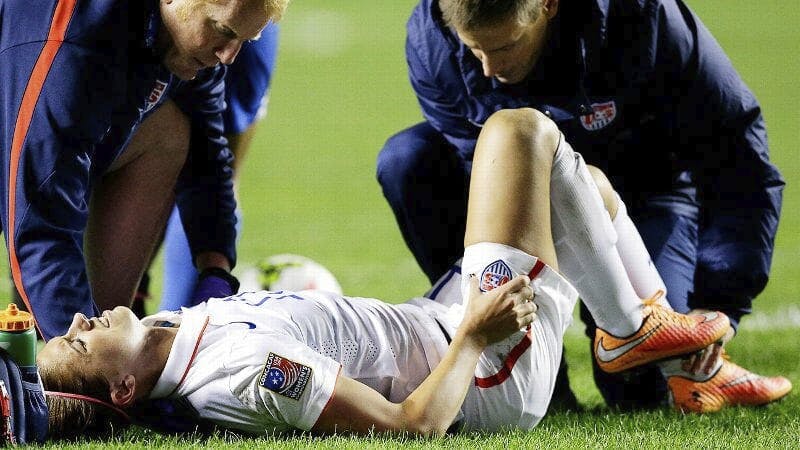I used to be an adventure like you…Until I took an arr– tore my ACL

Following our blog post from the previous week highlighting Achilles injury prevention, today we are going to take a look at another one of the world of sports medicine’s most recurrent injuries: the ACL tear.
ACL injuries have become a hot button topic in the world of amateur and professional sports. With 100,000 to 200,000 injuries in the US per year, this injury has become a household name — a heavyweight among orthopedic afflictions. An all too feared reality for all sports practitioners — an ACL tear can have deleterious impact on an athlete’s physical, mental and economic well being.
A Quick Look at the Numbers
It’s estimated that, in the US alone, 350,000 ACL reconstructions are performed each year.1 Athletes with a prior orthopedic knee surgery were estimated to miss more practice days on average than their counterparts, as well as have an increased rate of incident for knee injury and knee surgery overall.2 3
There also appears to be a correlation of the sport played, as well as gender, with girl’s soccer having the highest injury rate, slightly beating out boy’s football, which trails not too far behind; boy’s basketball and boy’s baseball were among the lowest. On top of that, here’s the most interesting part: 38% of ACL injuries occurred as a result of non-contact injuries.4
As we spoke about in our last post — contact injuries are unavoidable by nature; we can’t plan for the unexpected. But we can work to prevent non-contact injuries. Poor bio-mechanics and conditioning play a significant factor in non-contact ACL injuries and, in fact, the research shows that ACL prevention programs demonstrate a risk reduction of 52% in female athletes, and an 85% reduction in male athletes.1
How Can We Prevent These Injuries?
There are many ACL prevention programs that already exist — such as the PEP Program. In general, ACL programs strive to improve overall neuromuscular mechanics, as well as plyometrics and strength training for the legs. Below, we’ve included a few exercises we really like in regard to preventing ACL injuries. If you’re interested in a complete ACL prevention program, the internet is a pretty vast resource in regard. But, as always, check with your medical provider for more information.
Exercises
Step Hop
Turning Hop
Ladder Drills
References
1. ACL Injury Prevention: What Does Research Tell Us?
2. Effects of prior knee surgery on subsequent injury, imaging, and surgery in NCAA collegiate athletes.
3. Risk of Secondary Injury in Younger Athletes After Anterior Cruciate Ligament Reconstruction: A Systematic Review and Meta-analysis.
4. A Multisport Epidemiologic Comparison of Anterior Cruciate Ligament Injuries in High School Athletics
